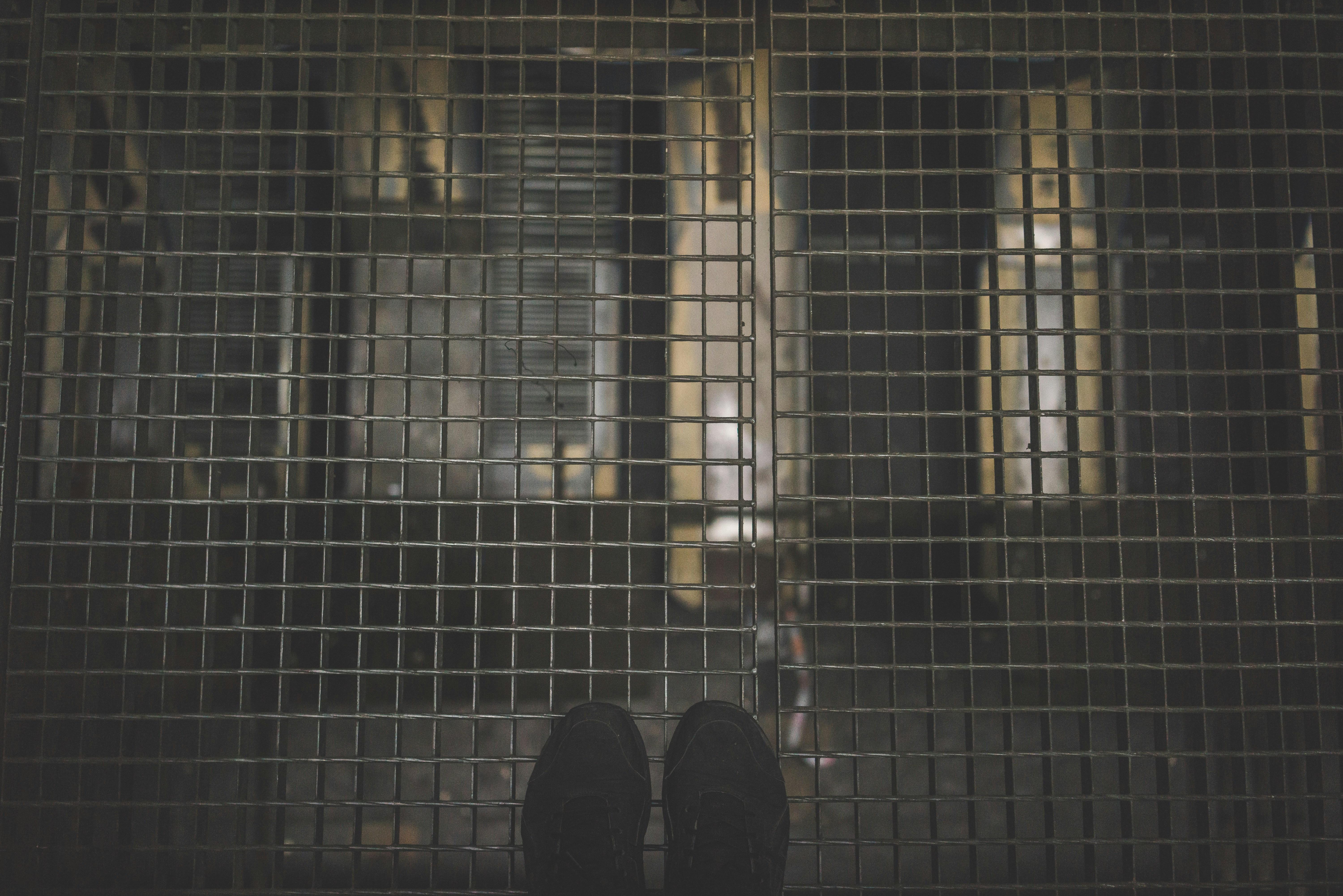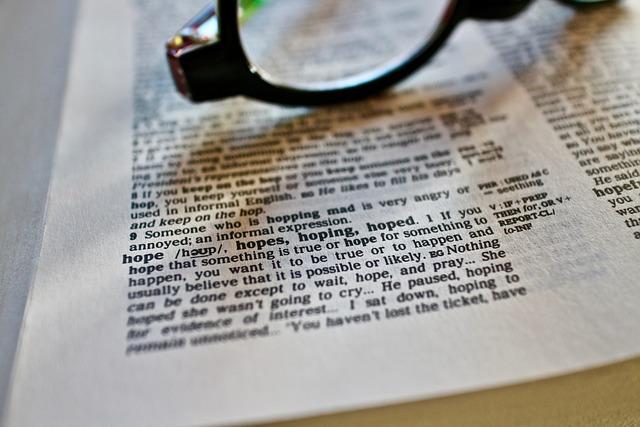In the ever-evolving world of cinema, technology has long been both a muse and a disruptor. As high-resolution cameras become ubiquitous, they promise unparalleled clarity and detail, capturing the world with breathtaking precision. Yet, amidst this technological marvel, a question emerges from the shadows: is this quest for visual perfection stifling the creative spirit of cinematography? This article delves into the heart of this debate, exploring whether the relentless pursuit of pixel-perfect imagery is overshadowing the artistry that once defined the silver screen. Join us as we navigate the delicate balance between innovation and imagination, seeking to understand if modern tools are enhancing or eroding the soul of cinematic storytelling.
Examining the Impact of Clarity on Artistic Expression
The advent of high-resolution cameras has undeniably transformed the way we perceive and create cinematic art. While these technological marvels offer unparalleled clarity, they also prompt a debate about their impact on artistic expression. Does the crystal-clear imagery enhance storytelling, or does it strip away the mystique that lower resolutions once provided?
On one hand, the sharpness of modern cameras allows filmmakers to capture intricate details, enabling a deeper connection with the audience. However, some argue that this precision may lead to a homogenization of visual styles. Consider the following:
- Loss of Atmosphere: The graininess of older film stock often contributed to a film’s mood and texture.
- Overemphasis on Perfection: The focus on flawless visuals might overshadow narrative depth.
- Reduction in Imagination: When everything is clearly visible, there’s less room for interpretation.
While clarity can enhance the viewer’s experience, it’s crucial for filmmakers to balance it with creativity, ensuring that technology serves the story, not the other way around.

Balancing Precision and Imagination in Modern Filmmaking
In the age of ultra-high-definition, filmmakers face the intriguing challenge of blending technical precision with the boundless possibilities of imagination. High-resolution cameras capture every detail with crystal clarity, offering an unprecedented level of realism. However, this sharpness can sometimes tether creativity, nudging filmmakers towards perfectionism rather than experimentation.
- Detail vs. Atmosphere: While intricate details are beautifully captured, there’s a risk of losing the atmospheric essence that lo-fi aesthetics naturally provide.
- Technical Mastery: The demand for flawless visuals can overshadow narrative depth, pushing directors to focus more on technical prowess than storytelling.
- Creative Constraints: Paradoxically, too much clarity can limit creative freedom, as the raw, unpolished charm of older techniques gets sidelined.
Balancing these elements requires a nuanced approach, where innovative storytelling embraces both the precision of modern technology and the unpredictability of artistic vision.

Harnessing Technology Without Sacrificing Vision
In the world of modern filmmaking, the allure of high-resolution cameras is undeniable. These technological marvels offer unprecedented clarity and detail, but do they inadvertently stifle the artistic flair that defines classic cinematography? The challenge lies in balancing technological prowess with creative expression.
Filmmakers often find themselves navigating a delicate dance between precision and artistry. While high-res cameras capture every nuance, they can sometimes lead to an over-reliance on technical perfection. To maintain a visionary approach, directors might consider:
- Embracing Imperfection: Allowing for elements like lens flares or natural lighting can add an organic touch.
- Exploring Unique Perspectives: Experimenting with unconventional angles and compositions to tell a story beyond mere visuals.
- Prioritizing Storytelling: Ensuring that narrative depth takes precedence over sheer image clarity.
By weaving technology with creativity, filmmakers can craft experiences that resonate on both an emotional and visual level, ensuring that innovation enhances rather than overshadows their artistic vision.

Fostering Innovation in the Age of Ultra-Definition
In today’s cinematic landscape, the advent of ultra-definition technology is reshaping the boundaries of visual storytelling. High-resolution cameras, with their ability to capture every minute detail, offer filmmakers an unprecedented level of clarity. However, this sharpness can sometimes lead to a paradoxical effect: the risk of stifling creativity. Directors and cinematographers may feel compelled to showcase the technical prowess of their equipment rather than exploring innovative visual narratives.
To navigate this challenge, creators can consider several strategies:
- Embrace Imperfection: Deliberately incorporate elements of unpredictability, such as lens flares or motion blur, to add texture and emotion.
- Focus on Storytelling: Prioritize the narrative over technical perfection, using high-resolution tools as a means to enhance, not overshadow, the story.
- Experiment with Composition: Utilize the expansive detail to explore unconventional framing and perspectives.
By balancing technological capability with artistic vision, filmmakers can foster a new era of innovation that transcends mere visual fidelity.

